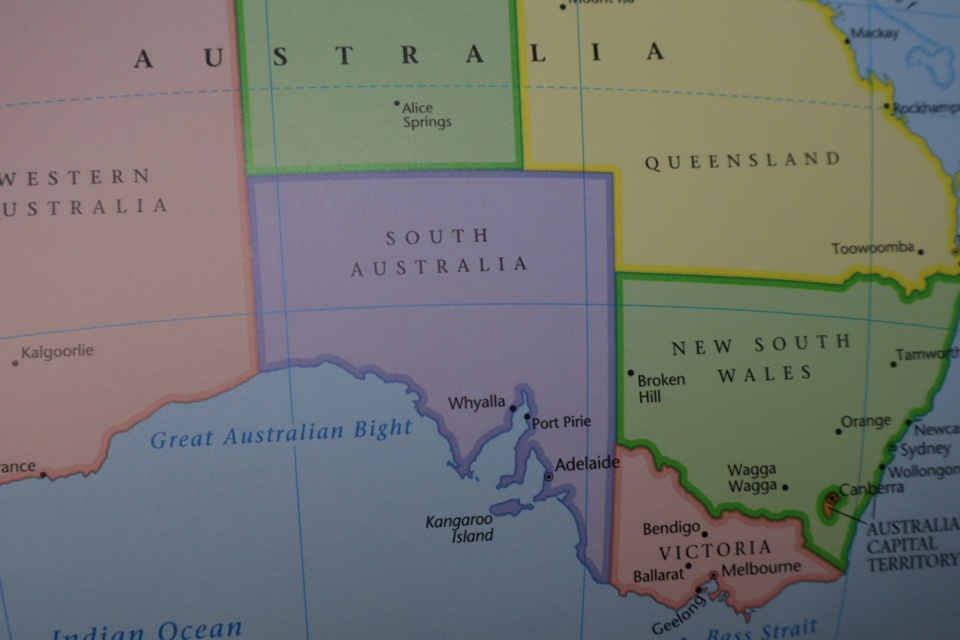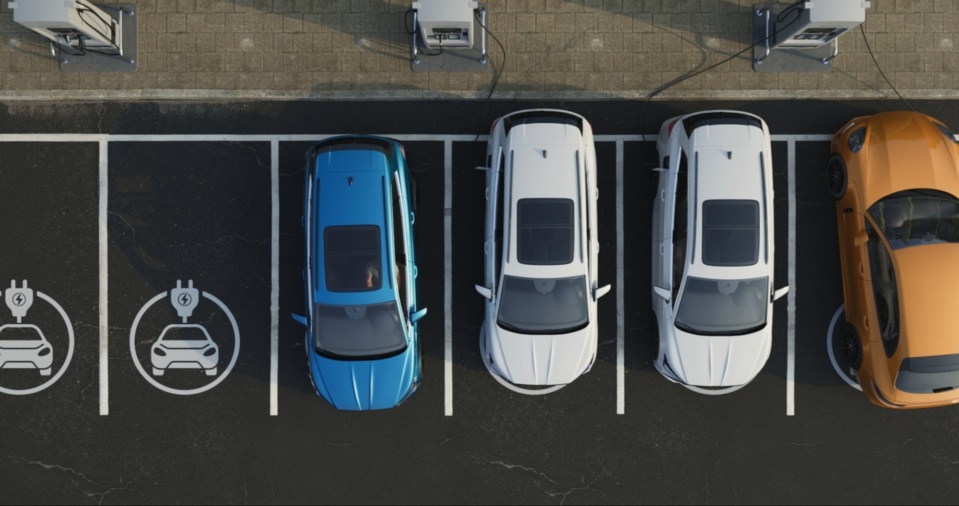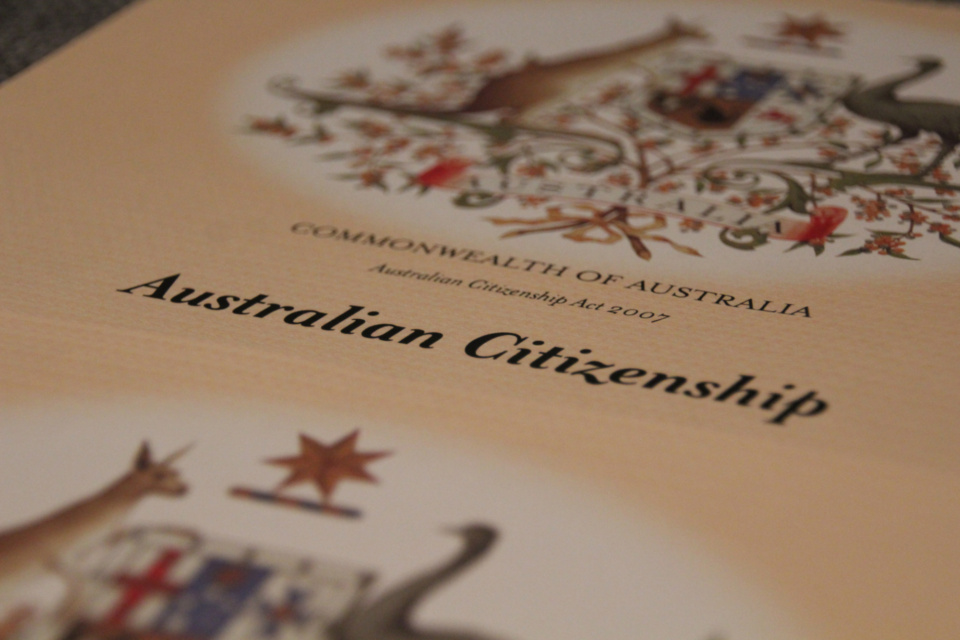
Australia needs an immigration vision, not just a shrinking target
Posted on 17 Dec 2025
Posturing by the US president about Europe's immigration policies, even warnings of future…
Posted on 08 Jul 2025
By Denis Moriarty, group managing director of OurCommunity.com.au

The United States wants Australia to spend more on its armed forces. That’s the way nations talk about these things. In everyday life, things are different. I don’t make up my shopping list by noting down ‘Spend more on chicken thighs’: I want to buy a particular number of chicken thighs, the number the recipe calls for.
The Albanese government is standing firm in the face of American pressure, sort of, saying that we’ll spend more money on our armed forces because we want to, not because you want us to, so there! Which doesn’t really resolve the question of how many chicken thighs we need.
It’s certainly true that we’re facing unprecedented challenges. In his recent Quarterly Essay ‘Hard New World’, independent defence analyst Hugh White points out that in the Trump era the American alliance is no longer worth the paper it was never printed on (the ANZUS treaty commits the parties only to ‘consult[ing] together whenever in the opinion of any of them the territorial integrity, political independence or security of any of the Parties is threatened’ and to ‘act[ing] to meet the common danger in accordance with its constitutional processes’.
White concludes that Australia must stand up for itself, cancel AUKUS, and carve out its own foreign policy. Despite his differences with the government, however, he still suggests that ‘Australia will need to spend a lot more on defence if it wishes to manage the risk of aggression by a great power like China in the decades ahead.’
Various commentators have pointed out that we already spend rather a lot on our armed forces, coming in at about eleventh on world rankings of dollar expenditure – more than Israel, more than Taiwan. For their payments, Taiwan gets a parade ground salute from 1,8387,800 uniforms and Israel gets 642,000 (including large reserve forces in both cases). We check in at 79,990, reserves included – notably fewer.
Even those critics who don’t think we need to spend more on our defence don’t suggest we need to spend less, but it would surely be odd if we had purely by chance ended up exactly in the Goldilocks zone. There are hints that we could do rather better.
How do you measure the performance of an organisation that you hope is never going to be called upon to do what you would want it to be able to do?
Analysis prepared for the Greens by the parliamentary library and reported by the ABC revealed that ‘the ranks of senior officers in the Australian military [have] almost doubled over the past 20 years, despite a steady decline in overall numbers of enlisted defence personnel’. Critics – and some official reports – suggest ‘the Defence organisation is top-heavy, over-managed and under-led’ (Michael Shoebridge, Strategic Analysis Australia) and ‘there are… dangerous weaknesses in our defence capabilities’ (Henry Ergas, in The Australian).
Armed forces, though, are inherently difficult to manage efficiently. How do you measure the performance of an organisation that you hope is never going to be called upon to do what you would want it to be able to do? How, strategically, do you identify the threats that our forces are designed to combat, given that mentioning the names of these nations in public would move us appreciably closer to such conflicts? How, as a politician, do you cut back on the privileges of the generals without having them leak hostile reports to the media?

Faced with these difficult problems, Australian ministers for defence tend to move on to another more compliant portfolio as soon as they can. Australian governments have historically retreated to arguing only about total spending, believing that the public can’t cope with more than one number at a time.
The other problem, of course, is productivity. Money spent on arms is, in economic terms, a dead end (although it could be said that our acquisition of warships supports our shipbuilding industry, or would, if we had one). There’s not much spillover. Money invested almost anywhere else – education, research, infrastructure – would have a payoff down the track; adding more soldiers just withdraws resources from everywhere else and diminishes growth. The longer we can last before we arm up, the more resources we’ll have when we need to.
If Australia did believe that we were in actual danger of invasion, we would be spending on defence about what we spent in 1943, or 33 per cent of GDP, and we’d also be instituting conscription and rationing. The difference between two per cent and 33 per cent is a measure of how safe we feel when not specifically prompted to panic.
The trick, of course, is picking the moment to panic. And one of the major tasks facing any Australian government is to make it absolutely clear when the answer is “not remotely yet”. Our leaders are very, very bad at it.
Then we need to talk about AI and its role in place of foot soldiers. That’s a whole other debate.
Denis Moriarty is group managing director of OurCommunity.com.au, a social enterprise that helps the country's 600000 not-for-profits.
We're proud to take a stand on progressive issues. Here's a taste of our commentary.

Posted on 17 Dec 2025
Posturing by the US president about Europe's immigration policies, even warnings of future…

Posted on 03 Dec 2025
If you wanted an example of the problems inherent in federal systems, you couldn’t do better than…

Posted on 19 Nov 2025
When it comes to loyalty to car brands, it can be confusing who we should support, and, even more…

Posted on 05 Nov 2025
Before the Prime Minister gets too excited about his recent meeting with the American President, he…

Posted on 14 Oct 2025
The idea of "long term" is not something that sits well in the social media era, yet governments…

Posted on 30 Sep 2025
I am proud of what Our Community, and its exceptional team, have achieved in the past 25 years. As…

Posted on 16 Sep 2025
Happy Australian Citizenship Day! To mark the occasion, Our Community leader Denis Moriarty takes…

Posted on 02 Sep 2025
Words live, evolve, and sometimes die. Some words are invented from scratch, some are old words…

Posted on 26 Aug 2025
The cost of the National Disability Insurance Scheme (NDIS) is climbing relentlessly – $44 billion…

Posted on 04 Aug 2025
The new leader of the Liberal Party, Sussan Ley, wants to increase the proportion of women…

Posted on 08 Jul 2025
The United States wants Australia to spend more on its armed forces. That’s the way nations talk…

Posted on 26 May 2025
When it comes to citizenship, Australians want to have their cake and eat it too, writes group…